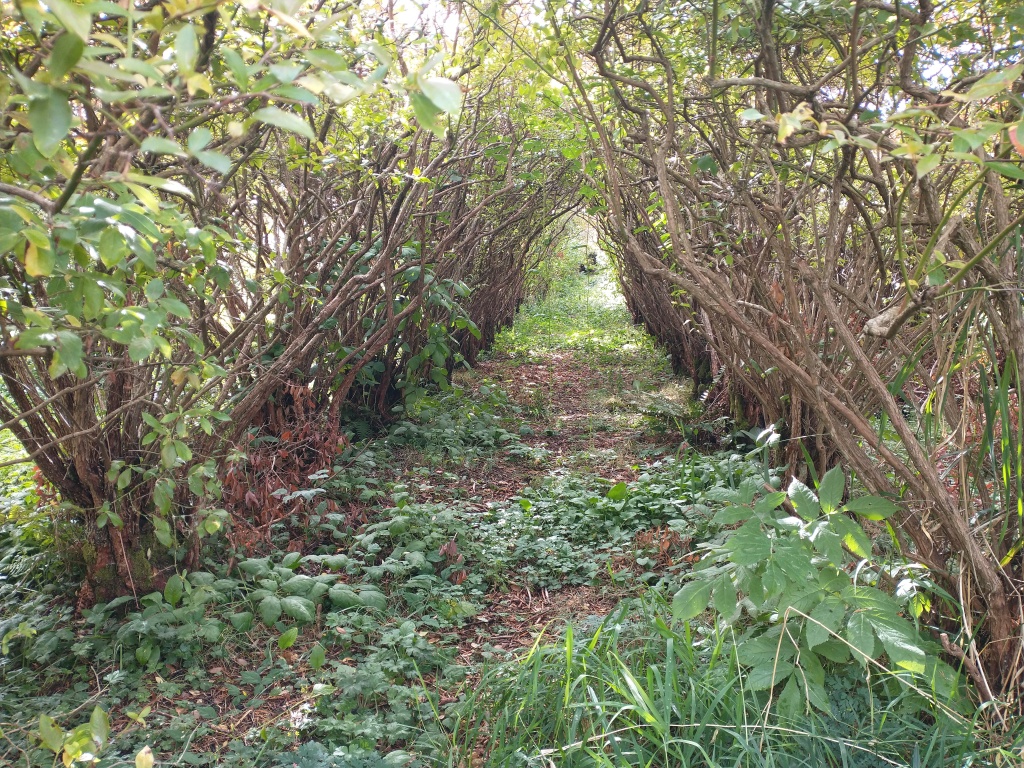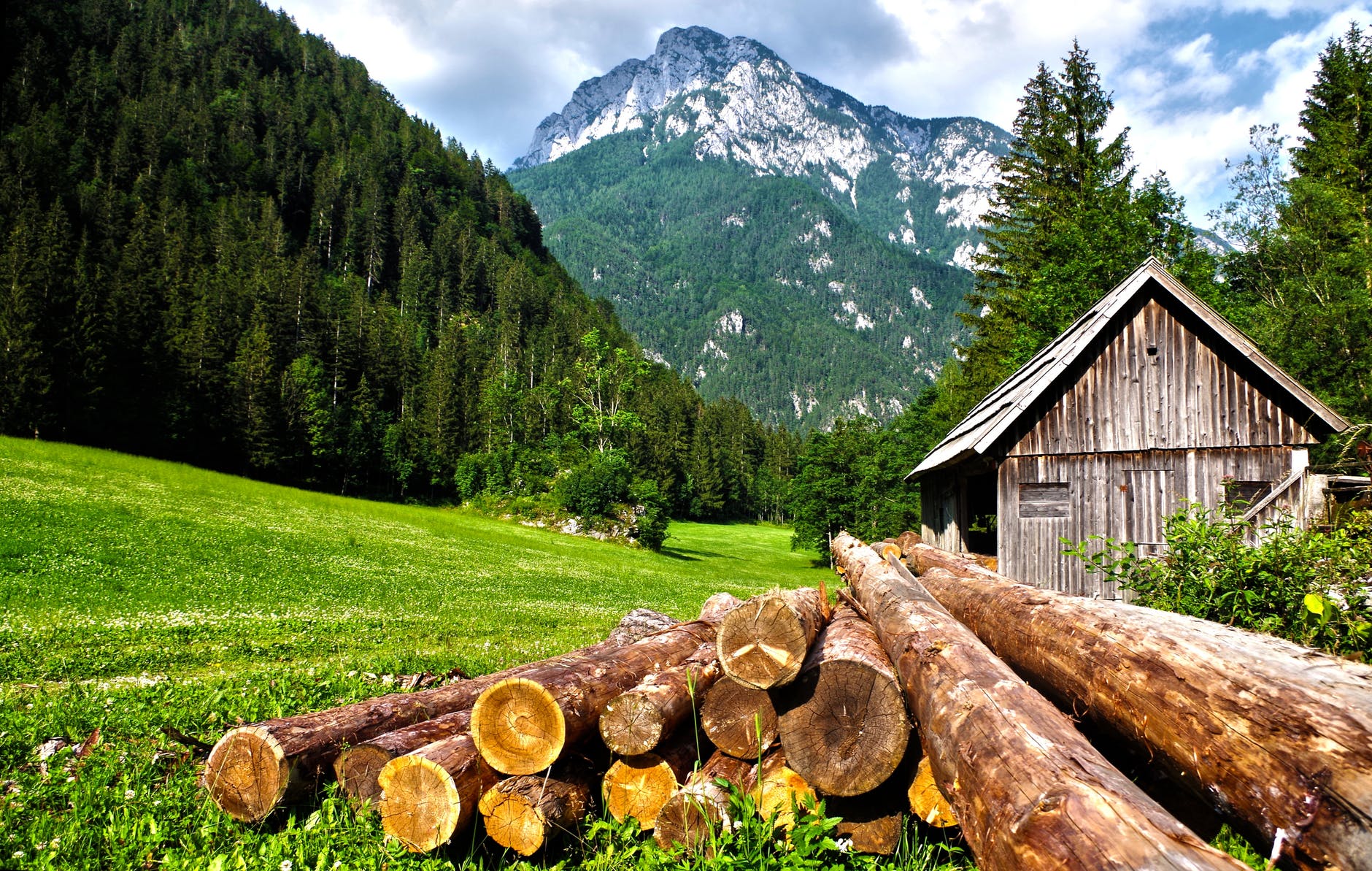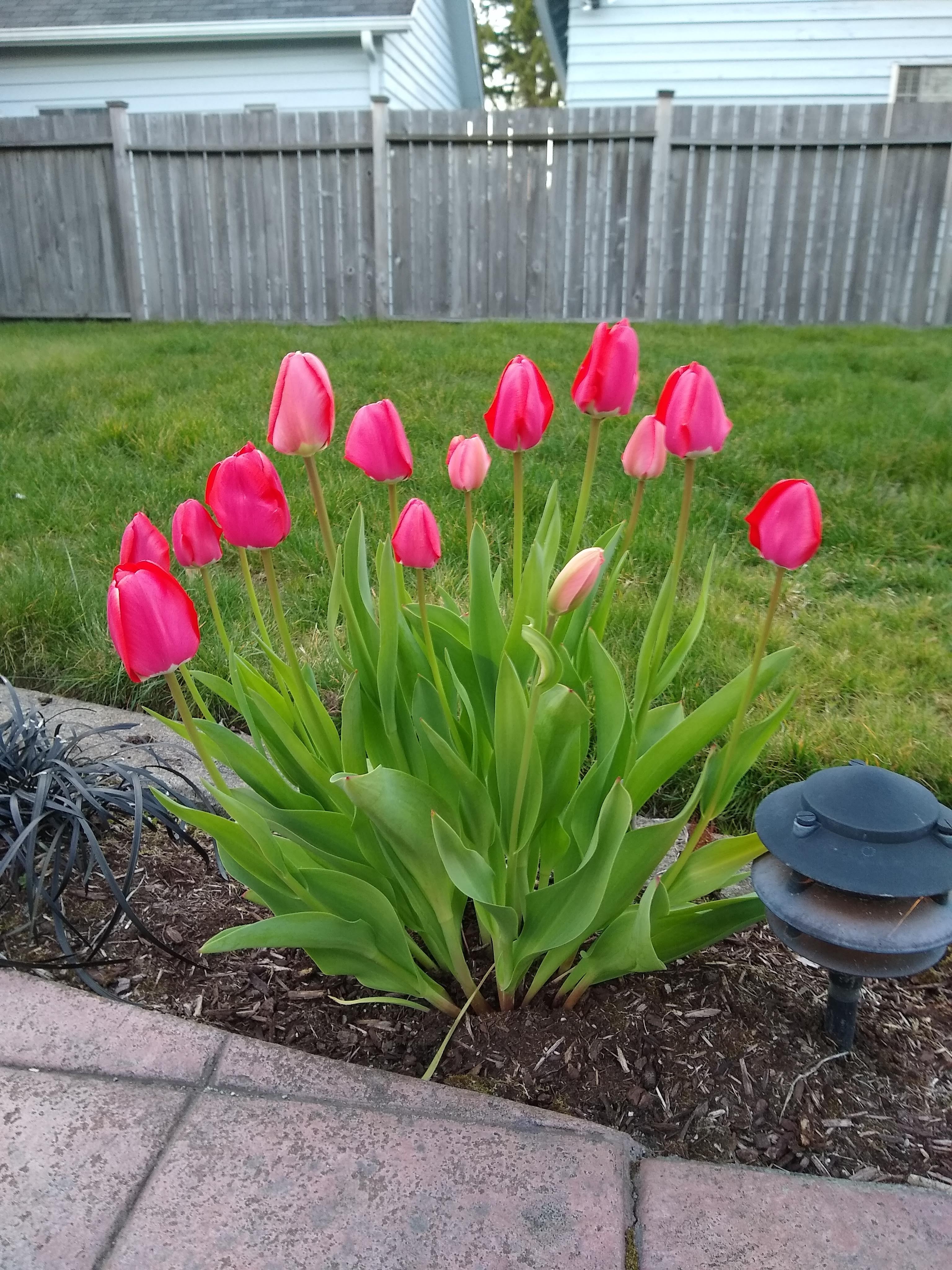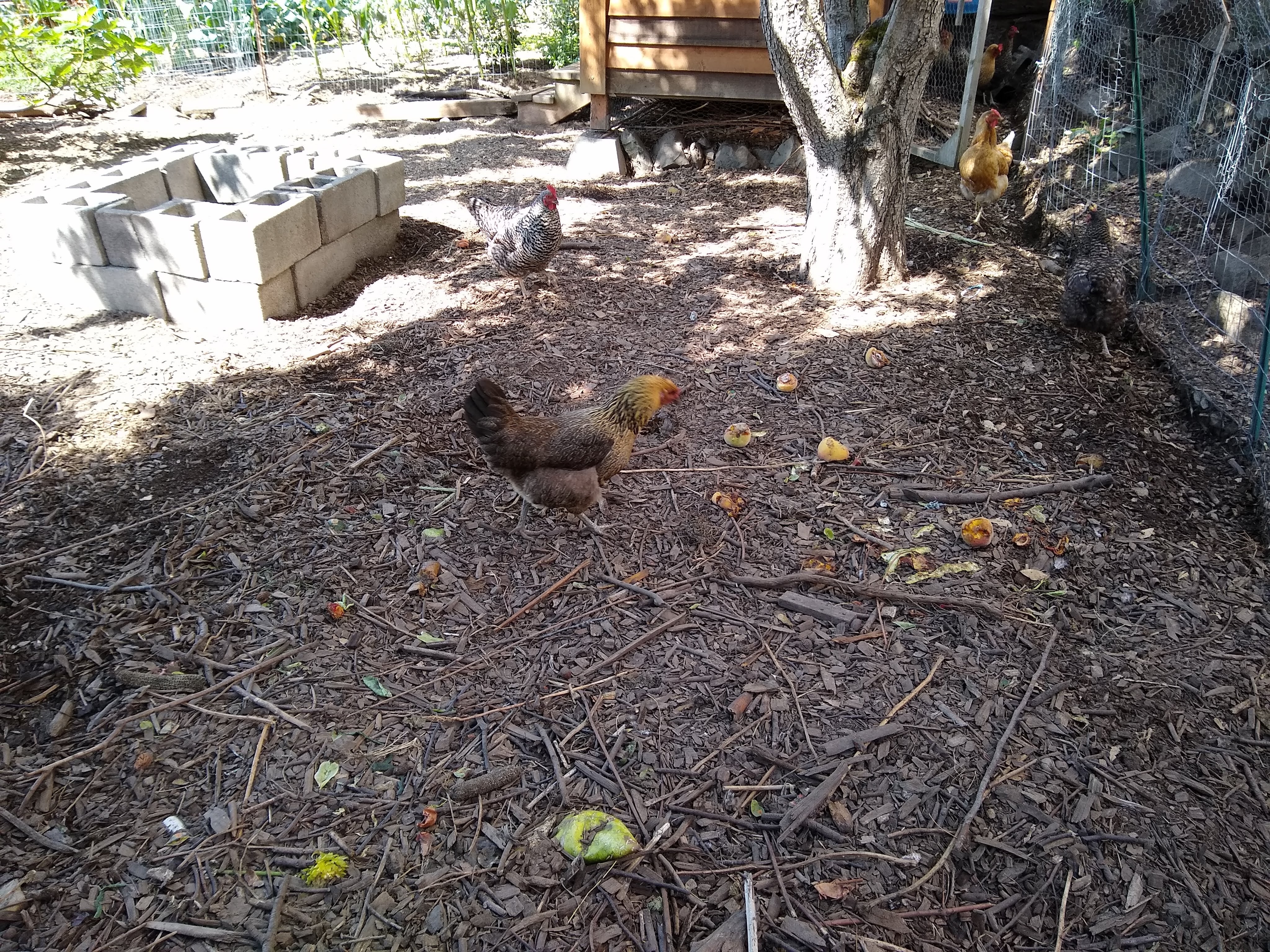
View of the lake at the west end of the farm
I was sending my financial advisor a note today to update him on developments, like renting the farm. As I read it through for the fourth time, I was wondering, “Is he going to think we’re crazy?” Then I read past my own signature to the Helen Keller quote that has gone out on every email I’ve sent from my laptop for the last several years,
Security is mostly a superstition. It does not exist in nature, nor do the children of men as a whole experience it. God Himself is not secure, having given man dominion over His works! The fearful are caught as often as the bold. Faith alone defends. Life is either a daring adventure or nothing.
Helen Keller (emphasis added)
Boom! Just when I needed it, a reminder that I have been trying to live on the skinny branches of life, to not be kept in inaction because what I want is hard, or risky. Mitigate the risks where we can, yes, but I have said, “I want to farm,” and this opportunity is golden, and I’m running for it! Could we crash and burn? We sure could, but even if we do, we will still learn so much!
So what is the road map for this daring adventure that we have set out on?

Some good news, more than half of the larger block of rows is mostly accessible.
Control the blackberries!
And by blackberries, I mean all the weeds. There are blackberries for sure, at least three varieties, including the native pacific trailing blackberry, the cutleaf blackberry, and the insidious Himalayan blackberry (which is actually from Armenia).
The first species has thin relatively thornless canes that wind along the ground. They’re mostly a trip hazard, though we do occasionally find them up in the bushy rafters. The cutleaf is wicked looking when it sticks out of a blueberry bush, but their total population is relatively small.
When we talk about controlling blackberries, it’s the invasive Himalayan that has a target on its canes. They can grow very fast, and they grow straight up until they reach the direct sunlight. Eventually they run out of distance that their soft, fibrous cores can support and they flop over the top of whatever undergrowth they punched through. Over years of neglect in some areas of the farm, this has caused blueberry bushes to bow over with the weight of blackberries. Add in some other annoying species like spiraea, and you get the areas of the farm that may not have seen any sunlight at ground level for several years.
Shockingly, the blueberries in these areas with the heavy weeds have fought back. In our initial clearing to find the edges of the berry rows most of these plants, while not healthy by any stretch, have sent out their own canes to find the light, and they have some green shoots when they are detangled from the chaos.
In many areas of the farm, we’re not worried about what we will loose in terms of 2023 harvest if we weed and prune (or salvage) plants aggressively because no one has been able to reach what small amounts these plants have borne in several years anyway. What good is “saving” fruit for the birds? We might even be willing to burn or cut these whole areas to the ground, but our landlord wouldn’t like it, and we have a lot more sweat than capital assets available for this project.

There are blueberries in there, I promise!
Start the pruning process
The first day I went out to “get started” on the weeding, I discovered two things. 1. The blackberries often grow out of the center of the canes of the blueberry bushes. 2. The blueberry canes are so thick and overgrown that they provide protection from my pruners to the blackberries. So despite my best intentions of “starting the pruning next spring,” I can’t get though weeding without at least cutting off a few blueberry canes that are getting in the way of eradicating my enemies. Though early spring pruning is ideal for blueberries, given our scope of work, we can’t afford to have surgical pruning. As I’ve experienced with trees and other plants in my life, pruning now is better than never pruning.
Marketing
We’re going to need people to pick and pay for blueberries. We have plans to have a real website The farm does technically have a (stock) website, complete with a menu that says, “Get quote” and “Call now,” and a .business.site address. There are also plans in the works to get our listing updated on LocalHarvest and other sites people would go to if they were looking for us.
Then there’s the immediate neighborhood! This farm is on only a moderately busy road, but it is less than 200 meters from a busy neighborhood road that serves probably a square mile of homes and an elementary school! We’re definitely thinking bandit signs for other areas within a five minute drive to let people know we exist.
We thinking we could also sell some pre-picked berries. Pre-picked would mostly be a way to tell people we have a farm, since labor is expensive. But we could sell some out of our house, which is not especially close by, but has a lot of foot traffic out front and at the farmers market. I’m excited about an idea I had to put a little business card in the bottom of pre-picked pints that says something like, “Oh no, they’re gone! You’ll be ok, come pick some more,” and has a QR code for our website.
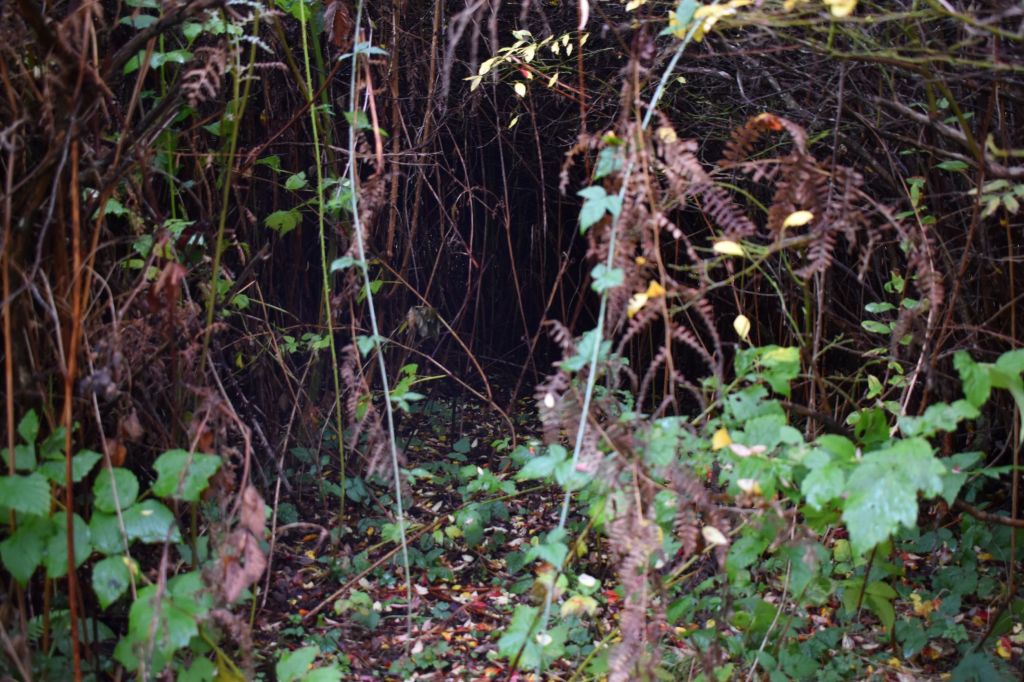
This short tunnel used to be a path between the rows of blueberries…
Record Keeping
Perhaps the least sexy, but most important thing we need to do this year is keep records. When we were arranging the lease, the landlord had no idea what we can expect to make from the farm. She said she hoped we make our money back. She did have a figure that highbush blueberries can make anywhere from 5 to 25 pounds of blueberries per season, and there are 2100 ish bushes, so if we could sell an average of 15 pounds per bush with a per pound around $3, we’re looking at a gross income north of $90,000.
Now, we recognize that that number is probably extremely generous given the state of the bushes, at least a third are not even accessible, and given the lack of pruning, I’m sure many bushes are at the very low end of their production capacity, and it will take several years to get them up to full production.
Added to that, I had an email conversation with a fellow u-pick business owner, who purchased their overgrown field in 2014. She mentioned their field is basically a community service. They maybe break even, despite many hours of labor by their family and volunteers. If their whole farm looked like what the worst parts of ours look like, then I can totally see that. If they have a mortgage to pay and a water bill, I can extra see it. We have really lucked out with our lakeside location, the field is right on the water table, so we’re more worried about a flood than watering. And we have a good arrangement where our landlord was going to pay her mortgage anyway, so we arranged to pay a nominal amount of the rental cost up front and the rest out of our profits.
All that to say, as far as we can tell, no one has kept any records of gross income from berry sales or net profits, so we are going into this blind. Whatever else we do, we will give the next person, be that the landlord taking back over or another person that we sell the (hopefully booming) business to, we will have good records of what was produced and sold to how many people each season.
As of today, we’re about 30 man-hours into the weeding, and we’re both reassured and overwhelmed. There’s a lot to do at the farm, but we’re going to get it done. Five blueberries extricated from the thorny jungle, less than 2095 to go.

An eerie wonderland I punched through to where the blueberries have successfully blocked enough sunlight to keep competitors down. This late in fall the old gray canes look ghostly.


